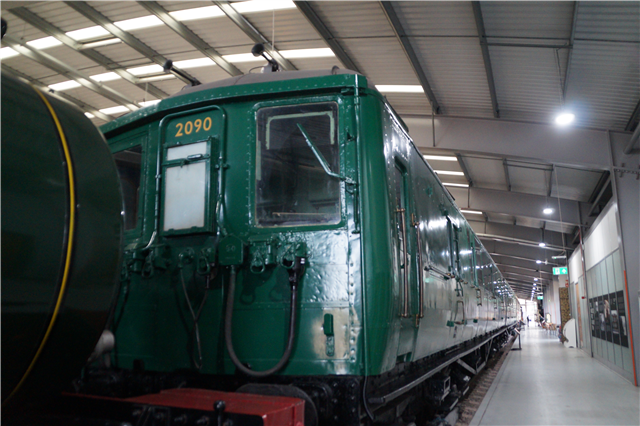The Southern Railway (SR) gave the designation 2-BIL to the DC third rail electric multiple units built during the 1930s to work long-distance semi-fast services on the newly electrified lines from London to Eastbourne, Portsmouth and Reading. This type of unit survived long enough in British Rail ownership to be allocated TOPS Class 401.
The 2-BIL units (2-car Bi-Lavatory stock) were so-called because each set had two lavatories, one in each car. They were built in four batches, each for service on newly electrified lines.
The different batches were broadly similar, though in the first one, the driving motor brake car had a smaller brake compartment and seven full compartments, rather than six-and-a-half in the later batches. Several of the cars were destroyed in World War 2 at various points on the system. Some unit numbers were withdrawn while others received a single replacement car from the small batch of post-war all-steel 2-HAL units which were built as replacements.
Only one 2-BIL unit has survived into preservation, namely number 2090, formed of carriages 10656 and 12123, which is in the care of the National Railway Museum, York. This unit is also one of only two pre-war main line EMUs in existence, which are still in original formation. The other is the Class 503, which is kept at the Locomotive Storage Ltd facility in Margate.
